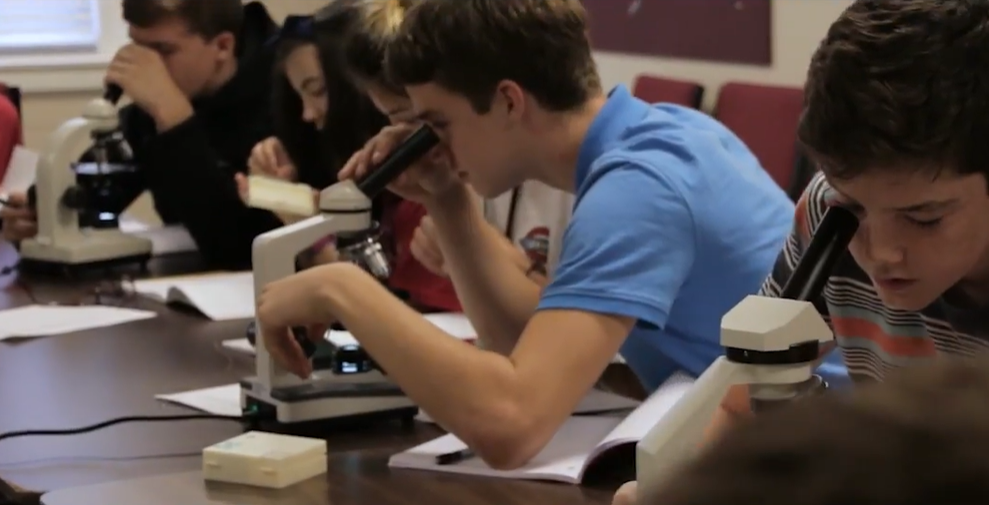
The Upstate Homeschool Co-op launched in Greenville, SC, in 1997 to provide families who are educating their children at home with enhancement opportunities that span academics and extracurricular activities.
Educators are in such high demand in South Carolina that observers are calling it a “teacher’s market.” While it’s reassuring that teachers have options, shouldn’t state officials make the education landscape a student’s market, too?
Fortunately for families, some policymakers are already working on it.
A recent survey of South Carolina teachers found that half of those who left their jobs in the 2020-21 school year did not retire; they moved to another school. When asked the single most important reason behind switching schools, most respondents said it was because they had moved to a different home and desired a “more conveniently located” position.
The head of the South Carolina Education Association said teachers can “shop around to look for class size or better classes or better retirement” right now, making the job market one that favors educators.
Such opportunities are great for teachers, but South Carolina should join the 21 other states that created or expanded learning options this year. Some South Carolina lawmakers are designing an education savings account proposal that would allow children from low-income homes and students who struggle with reading, along with children facing other learning challenges, to choose how and where they learn.
The proposal would create accounts similar to Florida’s Gardiner Scholarships (which recently merged with the McKay private school scholarship program to become the Family Empowerment Scholarships), Arizona’s Empowerment Scholarship Accounts, and the new account-style options in West Virginia, Indiana and New Hampshire.
Lawmakers in South Carolina’s neighbors to the north, west, and two states over to the south (North Carolina, Tennessee, and Mississippi, respectively) also allow children with special needs to access education savings accounts. In fact, North Carolina offers students with special needs three private school scholarship options.
With an account, the state deposits a portion of a child’s funds from the state formula into a private account that parents use to buy education products and services including textbooks, personal tutoring services, private school tuition, and education therapies.
These options cannot come fast enough for children in South Carolina. As reimaginED senior writer Lisa explained in an interview with Ellen Weaver, head of the Palmetto Promise Institute, South Carolina students lag behind their peers in national comparisons. Only Mississippi “keeps South Carolina from finishing dead last in national rankings,” and students there have demonstrated larger gains in reading than South Carolina students in recent years on the nation’s report card.
The state has not been able to spend its way to a better ranking. According to federal data, South Carolina increased its per-pupil spending by nearly 25 percent over an eight year period from the 1999-2000 school year to the 2017-18 school year. It now spends more than $15,500 per student annually, according to Palmetto Promise.
Yet in some of the state’s poorest districts, where student poverty rates reach as high as 94%, most students still cannot read by the end of third grade. In districts such as Bamberg 2 and Barnwell 19, the share of third graders meeting or exceeding reading standards stands at 10% or less.
Fewer than one in three eighth grade students demonstrate proficiency in math statewide. In low-income areas such as Bamberg and Barnwell, along with larger districts like Dillon 4 and Williamsburg (which also have poverty levels above 90%), math proficiency rates are in the single digits.
While the South Carolina teacher survey found remarkable mobility among teachers, lawmakers should recognize other research showing that students are moving in significant numbers, too, with many dropping off the public rolls entirely. A study from the National Bureau of Economic Research found that public school enrollment decreased by 2% last fall, a striking change to a statistic that sees little variation year to year.
Absenteeism jumped last year among students who do not speak English as their first language, and school officials around the country are still trying to find thousands of high schoolers who simply vanished from the rolls during the pandemic.
Clearly, students are moving, just like teachers. But neither researchers nor educators know where all those young people have gone, and have reason to expect the worst, especially among the most disadvantaged student populations.
South Carolina lawmakers have every reason to make the state’s education market, already pitched in teachers’ favor, a market in which students can choose from excellent options, too.